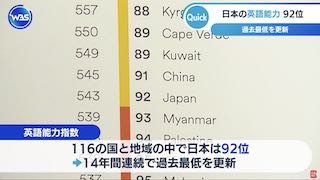Oct 25 (newsonjapan.com) - IDC connectors, also called insulation-piercing contact (IPC), are designed to connect to an insulated cable conductor via a connection method, which lets out a selective sharp blade/blades through its insulation.
This method avoids the requirement to remove the conductors of their insulation before they start connecting. If made correctly, the blade of the connector contact welds to its conductor, creating a reliable gas-tight link.
On the other hand, crimped connectors have a solderless connection. They resort to using uniform deformation and mechanical friction to tighten the connector to any pre-stripped wire.
They are usually seen in crimped multi-pin plugs, coaxial connectors, and splice connectors. Crimping needs special crimping equipment as well.
Insulation Displacement Connectors (IDC) vs. Crimp
Let's compare both of them here.
IDC Connectors
IDC's are considered to be quicker, so they have fewer manufacturing costs. The contacts and wires can be taken off one at a time.
As the wires do not need any stripping before termination, it saves money and time. Only using simple tools or a hand press, most of the IDC's are terminated. Due to this, usually, IDC contacts need lower forces.
In order to increase its assembly's ruggedness, the IDC cable assembly integrates features like strain relief, ejection latches, polarization, and locking clips. The connection is vibration-proof and gas-tight due to the design quality.
The disadvantages IDC has are that it is stiff and inflexible. The cables have to go from one end to the other in a straight line, having minimal angles or bends.
Crimp
Crimp connectors are flexible and can fit into tight areas like tight bends, small crannies, and nooks.
Its assembly can break out from a bigger pin count connector to many smaller ones. Compared to IDC connectors, Crimp has more options to do this.
The crimping system, allowing designers to employ two or more electrical wire sizes in one assembly, saves board space.
Furthermore, crimped connectors allow a designer to change their connector pitches.
The cons of crimping are its cost, basically the manufacturing time and assembly, as it is a bit intricate.
Final Words
That calls for a wrap-up. Now you know the answer to IDC connectors or crimping? It comes down to your connector needs. Weigh the pros and cons to see which one better aligns with your work!















